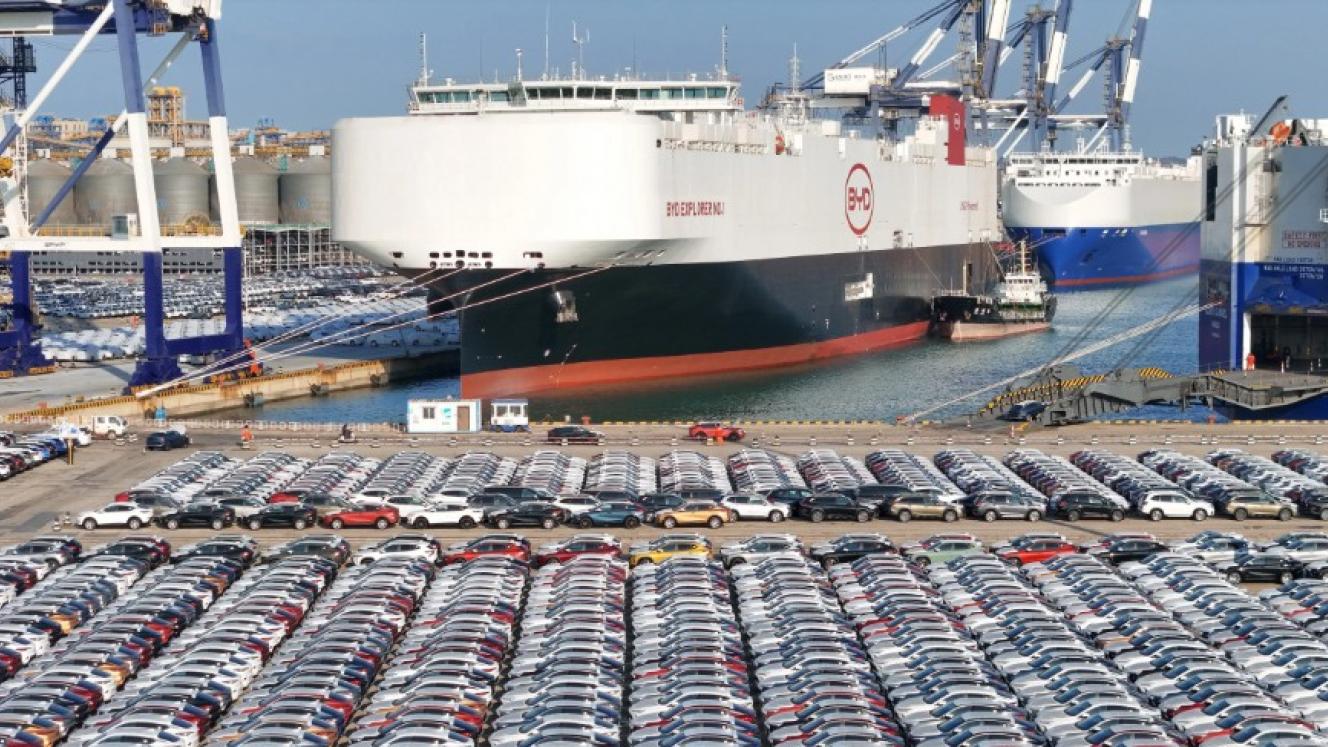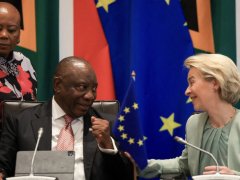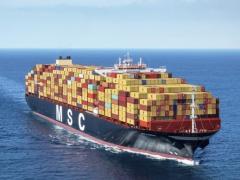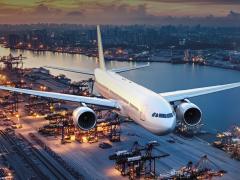China’s surging automotive export industry is coming under mounting strain as trade tensions with the United States intensify, even as fierce domestic competition continues to drive innovation and output across the sector.
In the first half of 2025, China exported about 3.48 million cars, an 18% increase year on year, according to official customs data.
New Energy Vehicles (NEVs) – including electric vehicles (EVs) and hybrid models – accounted for 41% of those shipments, underscoring the country’s growing dominance in global electric mobility.
Chinese automakers such as BYD, Chery and Geely are expanding rapidly across markets in the Middle East, Latin America, Africa, Southeast Asia and Europe, capitalising on demand for affordable EVs and hybrid cars.
BYD alone expects to export between 800 000 and a million cars this year, equivalent to around 20% of its total projected sales, Reuters reports.
The surge in exports is, in large part, stimulated by competition at home.
China’s domestic car market – the world’s largest – has become a battleground for roughly 150 brands, owned by both established conglomerates and a wave of new start-ups. Such rivalry has forced manufacturers to slash prices, accelerate product cycles and scale up exports to sustain margins.
“The Chinese market is so competitive that carmakers are effectively forced to innovate and look abroad to survive,” an anonymous industry analyst told Reuters.
“What we’re seeing now is the export of that competitiveness.”
However, new US trade measures threaten to complicate China’s export ambitions.
Washington has introduced port fees on Chinese-linked vessels and maintained high tariffs on Chinese-built EVs, moves widely viewed as attempts to counter Beijing’s growing influence in both maritime logistics and the global automotive supply chain.
Analysts warn that such policies could increase freight costs and lengthen delivery times for Chinese vehicles entering Western markets. While some of the additional costs may initially be absorbed by exporters or carriers, they are expected to trickle down to consumers.
“The combination of higher tariffs and logistical surcharges effectively acts as a tax on competitiveness,” the analyst said.
“It adds friction at precisely the moment Chinese manufacturers are trying to scale globally.”
Despite these challenges, China’s carmakers continue to consolidate their global presence. Industry projections suggest that Chinese brands could account for up to one-third of global vehicle sales by 2030, driven by advances in battery technology, supply chain integration, and overseas assembly plants.
The dynamic highlights a paradox at the heart of China’s automotive ascent: a hypercompetitive domestic market that drives relentless efficiency and innovation – and a fractious global trade environment that threatens to slow its momentum.













